“What gets measured gets managed”…Peter Drucker, 1954
Carbon Neutral Group provides building-energy benchmarking compliance with “Portfolio Manager”, and cost-effective building tune-up & retro-commissioning services to small and medium sized commercial building-owners and institutions.
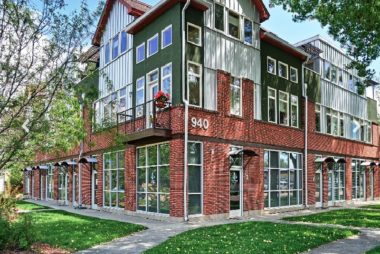
“Portfolio-Manager” is an energy measurement tool for commercial buildings, developed by the US Dept of Energy. Much like the MPG rating on a vehicle, we use ‘Portfolio-Manager’ to calculate a energy score from 1 to 100. Buildings with a score of 75 or better are eligible for Energy-Star recognition. Benchmarking provides easy-to-find information about a building’s overall performance, relative to the already 450,000 buildings that have been benchmarking nationally.
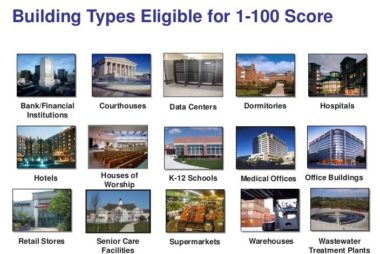
Building owners, facilities staff, and their energy services provider can use the online checklist to input detailed building information; what type, the size, number of occupants, heating and cooling system info, and historical utility and water use. Once needed building information has been gathered, it initially takes about 4-hours on average to set up a building in the program, and about 1-3 hours to update annually. The score is then displayed on the Portfolio-Manager online map, along with other commercial and institutional facilities.
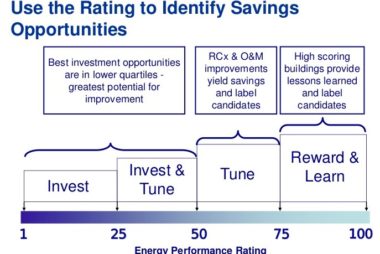
Higher scoring buildings offer businesses lower overhead costs, and affordable climate-control. Building owners benefit when their tenant’s businesses are stable and profitable, with productive employees and happy customers. Best of all, the benefits continue for many years after projects are completed.
Buildings with lower scores can improve their ratings with many low-cost and no-cost measures that offer good returns for business owners, landlords, and tenants as well.
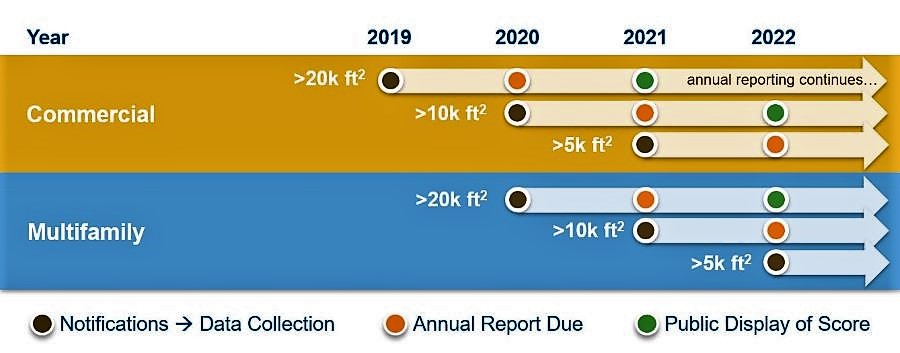
Benchmarking is now required in most of the larger cities in Colorado, such as Denver, Boulder, and now Fort Collins. Likewise, utilities such as Xcel Energy, along with numerous municipal light and power co-ops, are investing in building efficiency with generous incentives for assessments, lighting upgrades, HVAC tune-ups, and building automation systems.
Case Study: Associates in Family Medicine:
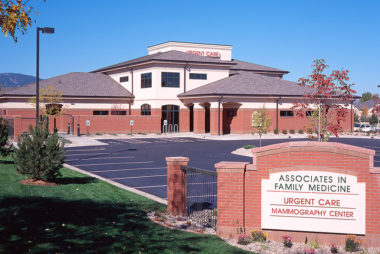
The owner-occupied medical clinic struggled with climate-control issues and higher heating and cooling cost. After an initial assessment, Northern Colorado Energy Solutions, an HVAC contractor specializing in retro-commissioning, installed a building automation system using the Carrier Open Controls platform. They set up scheduling so that the building was no longer heating and cooling 24-hours a day, and implemented “global load shedding” to greatly reducing demand charges. NCES also installed “demand-ventilation” CO2 sensors, and repaired non-functioning outside air dampers. Utility cost were significantly reduced while solving building wide comfort issues.
Case Study: Two Elementary Schools

Problems Identified: A large piece of housing was missing on a rooftop HVAC unit, allowed constant outside air in. On another rooftop unit, linkage on an outdoor air-damper was loose, allowing too much outside air-flow. The demand control sensor for the gym space in one building failed, causing more outside air was coming in than necessary based on occupancy. An outdoor air-damper was stuck in the wide open position.
Low-Cost Solutions: Adjustment and repair of rooftop unit economizer components and hole in housing. Tightening of linkages on outdoor air-damper to improve control. Replacement and reprogramming of demand control sensor for gym space so outdoor air requirements meet occupancy. Repair of damper actuator to keep unnecessary cold air out.
Costs and Savings: Tune-up Repairs = $8,600, Annual Savings = $5,900
Project Payback: 1.5 years, and 20-Year Savings = $100,000